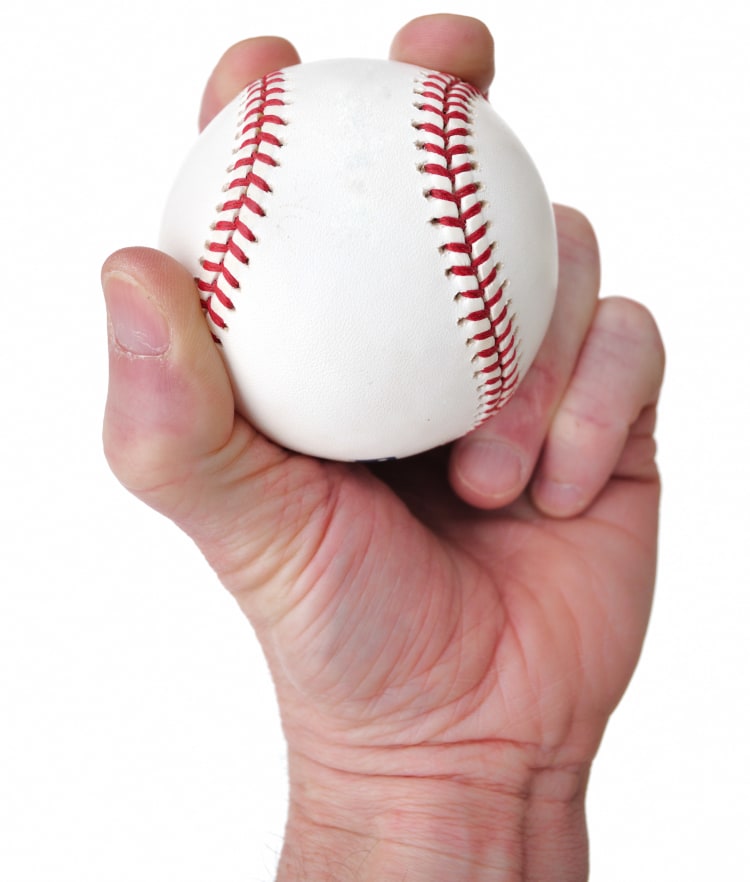Testicular Cancer Awareness
Step up to the plate and take a swing against cancer.
Testicular Cancer Awareness Main Content

Donate Now
Testicular Cancer Awareness Additional Content Section 1
Game Plan: Early Detection is Key
Testicular cancer can spread very quickly, but it's one of the most curable cancers if you find it early. That's why self-exams are so important.
How to Self-Check for Testicular Cancer
-
Step 1
The best time to self-exam is after a warm shower. Carefully inspect each testicle by gently rolling it between your thumb and forefingers with both hands.
-
Step 2
Next, locate the soft tubes behind the testicle. Get to know what they feel like when normal, so that you can discern the difference if there is a change in the future.
-
Step 3
Look and feel for any unusual lumps, bumps or irregularities, which may or may not be painful.
-
Step 4
Keep an eye out for any differences in size, shape, or texture. And don't worry if one testicle seems a tad bigger than the other—it's totally normal.
Thrown a Curveball?
If you notice a lump or any changes, you should seek medical advice and schedule an appointment immediately.
Welcome, sports fans!
Let's catch cancer early.
Quick Q&A with Dr. Stieglitz
Frequently asked questions, answered.

5 Fastball Facts
- Testicular cancer occurs most often in younger men. Most cases occur between the ages of 15 and 40.
- Testicular cancer is the most common type of cancer found in men ages 20 to 32.
- Caucasian men are 5 times more likely to develop testicular cancer than men of other races.
- Symptoms often go undetected, but the most common one is a lump or swelling in the testicle or scrotum.
- When testicular cancer is detected early, there is a nearly 99% chance for successful treatment.
FAQs
How likely is it for someone to recover from testicular cancer?
The outlook for testicular cancer is really promising. It's successfully treated in over 95% of cases. Even for those with less favorable risk factors, there's still an average 50% chance of being cured.
What are the effects of testicular cancer treatment?
If caught early enough, removing the cancerous testicle may be the only treatment needed. Lots of folks wonder if having only one testicle will affect their sex drive and fertility. Typically, one testicle is all that’s needed to produce sufficient testosterone to keep your hormone levels in check and your libido healthy.
What if I suspect something or experience changes?
Don't put off seeing a doctor if you spot any changes in one or both of your testicles. Sure, it might not be the most comfortable thing to do, but when it comes to cancer, timing is everything.